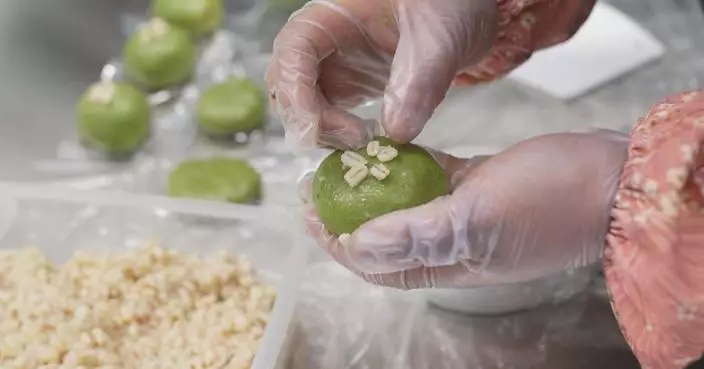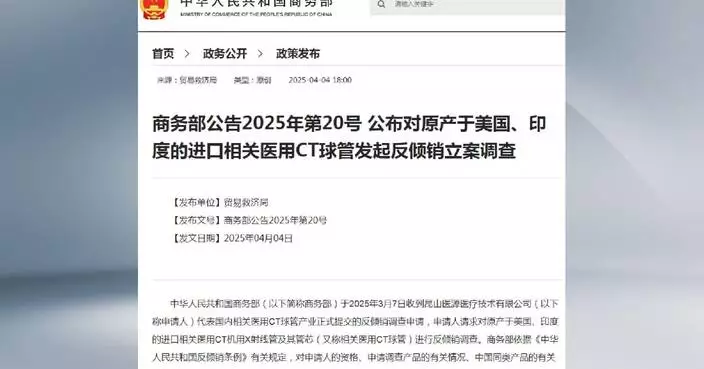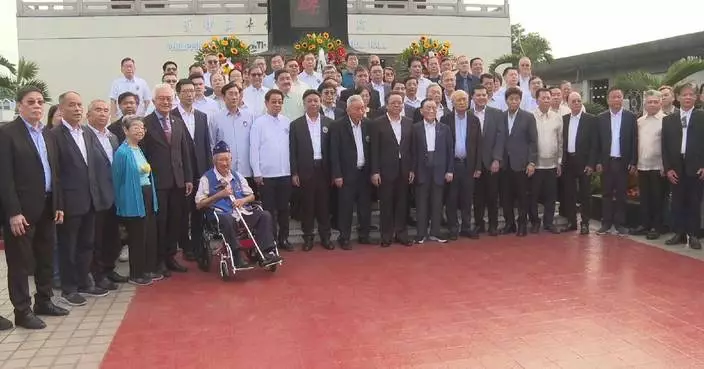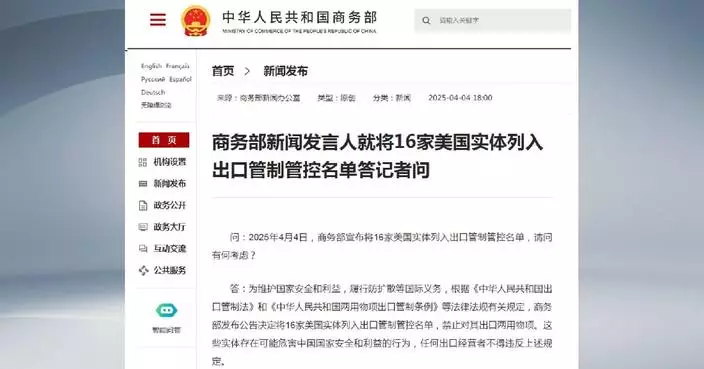The leading stars of '100 Yards,' a martial arts action movie, spoke in Beijing on Friday at the film's premiere about their challenging yet rewarding experience of learning martial arts.
The story, set in north China's Tianjin City in the 1920s, concerns the fierce fights between the son of a martial club's leader and his leading student.
Xiang Zuo and Tang Shiyi, the leading actor and actress of the film, shared their experience of learning martial arts from Liang Shaohong, their Kung Fu teacher in Zhuhai City, Guangdong Province, in southern China.
Xiang, a long-time action movie star, said that learning Wing Chun, a concept-based traditional southern Chinese Kung Fu style, and Bazhandao, a series of techniques using a pair of short swords, still posed a challenge for him.
"Wing Chun and Bazhandao use strength in the opposite direction compared with the martial arts I learned before. I had to relearn how to use my strength. So, my martial arts teacher Liang spent a lot of time teaching me, about three to six hours per day," said Xiang.
Tang, a professional dancer with no prior experience in martial arts, said that learning Kung Fu alongside fellow actors and actresses helped forge strong, genuine bonds within the film's production team.
"Because of the movie, director Xu Haofeng invited me to come to Zhuhai, and I am very honored to have learned Wing Chun from martial arts teacher Liang Shaohong. We learned a particular style of Wing Chun, and we learned it step by step from the teacher and the senior martial artists. We were just like a huge family and the atmosphere there was relaxed," said Tang.

"100 Yards" stars share their experience of learning martial arts
As the Qingming Festival approaches this Friday, various traditional folk activities have been held across China, celebrating the rich cultural heritage of the occasion.
With a 2,500-year history, Qingming Festival, or the Festival of Pure Brightness, observed in early April, uniquely combines ancestral worship with the celebration of spring. Falling on the 15th day after the spring equinox, this ritual-rich observance reflects China's enduring values of ancestral veneration and inspires deep introspection about what gives life meaning.
In Sijia Village, Huayin City, northwest China’s Shaanxi Province, a unique swing festival is held to mark the occasion. Eighteen different types of traditional swings, such as the spinning wheel swing, the Bagua swing reminiscent of a rotating carousel, and the balance swing designed for two people, have attracted many visitors.
Historically, Sijia Village served as a military post guarding the strategic Tongguan pass, a former mountain pass and fortress located south of the confluence of the Wei and Yellow Rivers. The swing tradition in the village has its origins in military training exercises like climbing and river crossing. The local swing culture further developed as regional trade flourished, eventually evolving into the "swing festival" that continues today.
"It's very exciting and tests your skill, endurance, and most importantly, your arm strength. You need to maintain balance," said Qu Xiangyang, a visitor.
In Rudong County, Nantong City, east China's Jiangsu Province, another traditional Qingming activity takes place - kite flying.
Flying kites as a way of making wishes is an age-old Qingming custom in this region. As a result, the Qingming Festival in Nantong is also known as the "Kite Festival."
The local Banyao whistling kite making skills is listed as one of the first national intangible cultural heritage items.
According to a folk culture expert, people traditionally write the names of diseases or misfortunes on paper, attach it to a kite, and release it into the sky. This practice is believed to drive away illness and disaster, while also serving as a way to make wishes.
In south China's Guangdong Province, a large tug-of-war competition is underway in Maoming City. Teams from different towns and streets are competing, attracting many locals to cheer on their teams.
Tug-of-war, which originated during the late Spring and Autumn period (770 BC - 476 BC), became part of Qingming customs during the Tang Dynasty (618-907). Emperor Xuanzong of the Tang Dynasty once organized large-scale tug-of-war competitions for the festival.
"Tug-of-war became very popular in the Tang Dynasty, even emerging as the national sport. It originated in the Jingchu region and later spread across the country. In ancient Lingnan (Southern China), tug-of-war games were a common tradition. Through these events, people seek to pray for peace, prosperity, and abundant harvests," said Yao Guojun, vice dean of the College of Arts and Law, Guangdong University of Petrochemical Technology.
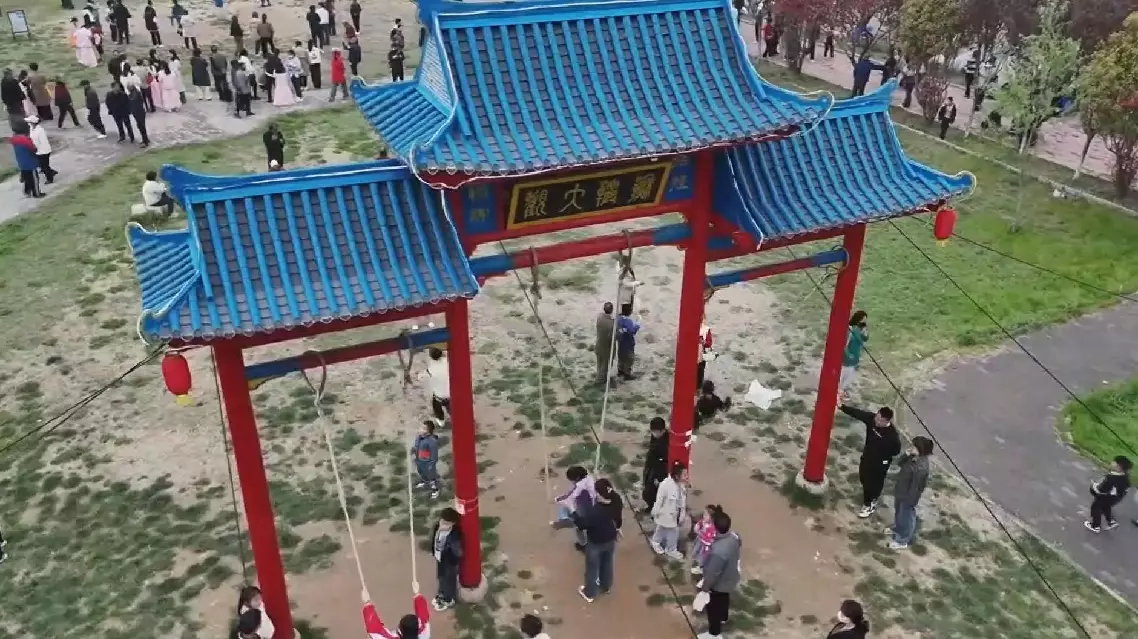
Traditional folk activities held for Qingming Festival







